Li Hansong, Fu Yi, Wang Jiang, AVI Industry Research Institute
Keywords: flight simulation real-time network reflection memory broadcast memory
The real-time network is the heart of the flight simulator. Real-time network technology based on high-speed reflective memory and broadcast memory has developed a mature real-time network technology with excellent performance and novel concept. Compared with the traditional TCP/IP or UDP/IP real-time network technology, it greatly improves the system's ability of real-time communication, data sharing and signal debugging, and simplifies the complexity of real-time design requirements for flight simulators. It is an asynchronous system. The data communication, sharing and synchronization provide a simple and practical method, which makes the design and implementation of the distributed simulation system structure simpler.
1 Flight Simulation Requirements for Real-time Networks
Flight simulation requires that real-time network systems have the following characteristics:
a. Good real-time performance. Transferring data between computers through real-time network sharing can be completed in nanoseconds.
b. Strong load capacity. Supports real-time transmission of up to several million bytes of data
c. Transmission distance is far away. The transmission signal quality is affected little by the transmission distance.
d. Signal debugging is convenient. Each signal transmitted between computers can be debugged and monitored through a real-time web application;
e. Good scalability. It can flexibly increase or decrease the nodes of the real-time network or connect with other real-time networks without affecting real-time performance.
2 Several Real-time Network Product Profiles
At present, VMI-5587/5588 ring reflection memory, VMI-5565 star reflection memory and SBS2500 star broadcast memory network products on commercial real-time network product products can meet the needs of flight simulation for real-time networks, and support PCI, VME, PMC, CPCI, Multibus and other buses.
2.1 VMI-5587/5588 Real-Time Network Product Introduction
The VMI-5587/5588 reflective memory product is a series of network communication products launched by VMIC in the United States in the 1990s. Its characteristic is that through driving the software to write to a certain node to reflect the data of an address unit on the memory board, can write the address unit that writes to the reflective memory board of all nodes on the real-time network automatically at the same time. At the same time, it also supports direct memory access (DMA) data block transmission. Each reflective memory board is set on the network with a unique ID number via a jumper on the card.
Its technical performance indicators are as follows:
a. Real-time performance: Data transmission rate up to 29.5Mbytes/s (without redundancy) and 14.8Mbytes/s (with redundancy);
b. Load capacity: By using different types of reflective memory boards, it has an optional load capacity of 1M bytes to 16M bytes;
c. Transmission distance: support for 300m length of the model and multimode fiber;
d. Scalability: Up to 256 nodes can be supported.
2.2 VMI-5565 Real-Time Network Product Overview
The VMI-5565 reflective memory product is a series of network communications products launched by VMIC in the United States at the beginning of this century. The feature is that the data written to a certain node on the reflective memory board by the driver software can be automatically mapped to the corresponding address unit on the reflective memory board of all the nodes on the real-time network through the hub. At the same time, it also supports direct memory access (DMA) data block transmission. Each reflective memory board is set on the network with a unique ID number via a jumper on the card.
Its technical performance indicators are as follows:
a. Real-time performance: The data transmission rate can reach 47.1 Mbyte/s to 174 Mbyte/s;
b. Load capacity: By using two different types of reflective memory boards, it has an optional load capacity of 64M bytes to 128M bytes;
c. Transmission distance: Multi-mode optical fiber supporting 300m length of 10km length of mode fiber;
d. Scalability: A hub supports 8 nodes. With cascading hubs, up to 256 nodes can be supported.
2.3 SBS Broadcast Memory Real-time Network Product Introduction
The SBS2500 star broadcast memory product is a series of network communication products launched by SBS in the United States in the 1990s. The feature is that the data written to the address unit of a certain node broadcast broadcast memory board by the drive software can be automatically mapped to the corresponding address unit on the reflective broadcast board of all the nodes on the real-time network through the hub. The SBS hub automatically sets the ID number for each broadcast memory board connected to it.
Its technical performance indicators are as follows:
a. Real-time performance: data transmission rate up to 43M Mbyte/s;
b. Load capacity: Select a variety of different types of reflective memory board, with an optional load capacity of 1M bytes to 8M bytes;
c. Transmission distance: Multi-mode optical fiber supporting 300m length of 10km length of mode fiber;
d. Scalability: A hub supports 28 nodes. The cascade of hubs is performed by inserting a cascading card in a hub, or by inserting a plurality of broadcast memory cards on the same computer to complete cascading of multiple hubs, thereby implementing node expansion.
3 Several considerations of real-time networks in flight simulation applications
3.1 Reasonable allocation of reflective memory address space
Because the memory address space of the real-time network system is limited, the data written to the memory of each node computer needs to be scientifically, rationally, and strictly planned. The data interface address file defines all the data variable addresses that must use the memory space. The same type of data is preferably continuous. Address units are allocated so that computers at other nodes can use a direct memory access (DMA) method to quickly read large amounts of data.
3.2 Guarantee the integrity of data in the same frame
The computer on the node writes a number of data in a certain memory address segment at a certain moment will refresh the segment data with the new result in the next frame, in order to ensure that other computer nodes read the data of the address segment frame is the same frame of data Need to define a special address unit for this data to mark the read and write status of this segment of data.
3.3 Data exchange between multiple real-time networks
By inserting the VMIC5587/5588, VMIC5565, and SBS2500 cards on the same computer at the same time, the data exchange between the VMIC5587/5588 ring reflection memory network, the VMIC5565 star reflection memory network, and the SBS2500 star broadcast memory network and other real-time networks can be realized. This allows networking between simulators and simulators with different models of real-time network systems.
In the specific implementation process, you must install the respective driver. In the working space of the exchange program, the main exchange program and each reflective memory board C++ program are provided, including the corresponding .h header file, variable definitions, and the process of independently calling the corresponding reflective memory board library function.
4 Real-time network application examples
Through extensive research on real-time network technologies, the aforementioned network products have been applied to multiple flight training simulators and engineering development simulators (see Figure 1).
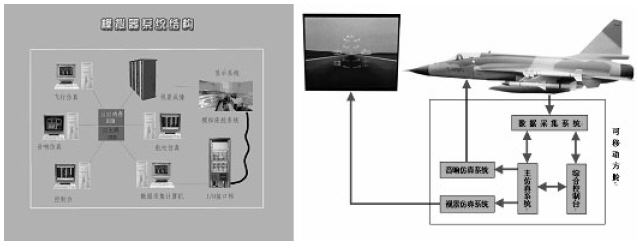
Figure 1 Flight training simulator network structure
VMI-5587/5588 reflective memory product applied to a project development simulator, VMI-5565 reflective memory product applied to a flight training simulator, SBS2500 star broadcast memory product applied to a aircraft engineering simulator, have achieved good results .
5 Concluding remarks
By carefully analyzing the requirements of real-time networks for flight simulation and the characteristics and performance of VMIC's VMI-5587/5588, VMI-5565 reflective memory products and SBS's SBS2500 broadcast memory products, the application of these products in flight simulation and related Considering it has been discussed and applied in a variety of flight training simulators and engineering development simulators, good results have been achieved and proved to be a mature and effective method.
Generally, for applications that require smaller diameters, solid Carbide End Mills are recommended even for roughing and semi-finishing.
OPT present to our clients a wide variety of solid carbide end mills, these tools are used for cutting cast iron, aluminum, copper, stainless, bronze, heat treated metals and so on. Clients should choose the right solid carbide end mills according to different machined materials, and seclect whether coated or coolant is needed per applications.
Advantage:
Suitable for dynamic milling
One tool for many materials
Cost effective tools
Features
Mills with 1, 2, 3 , 4,or 6 cutting edges
Roughing as well as finishing cutters
A selection of various geometries, comom used type are End mills, Radius end mills, Conical end mills and Roughing end mills etc.
Suitable for regrinding
Flexible in order quantity:
Samples can be provided before mass production, and MOQ can be discussed accordingly.
PRODUCT DETAIL:
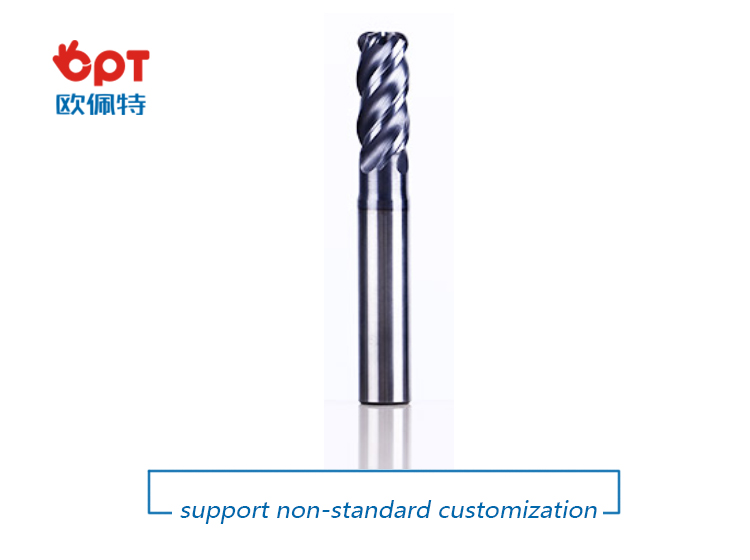
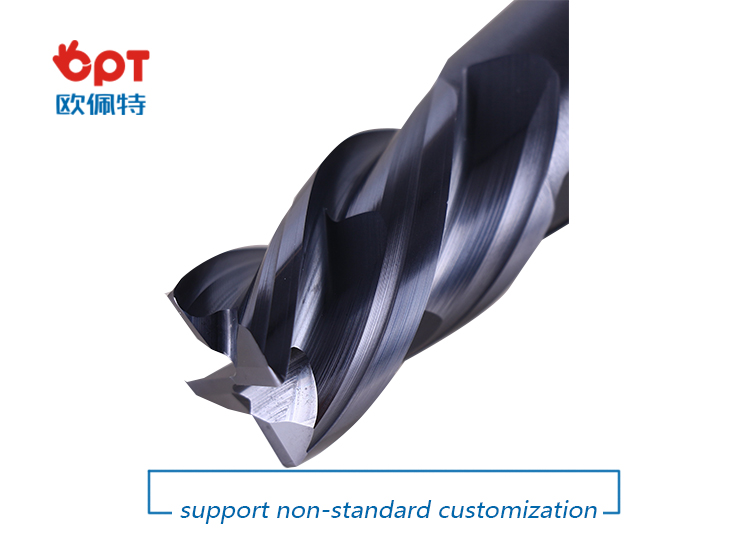
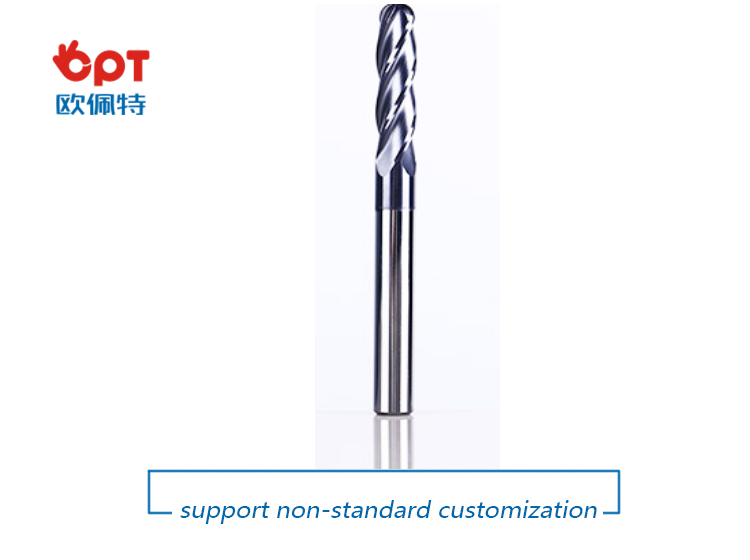
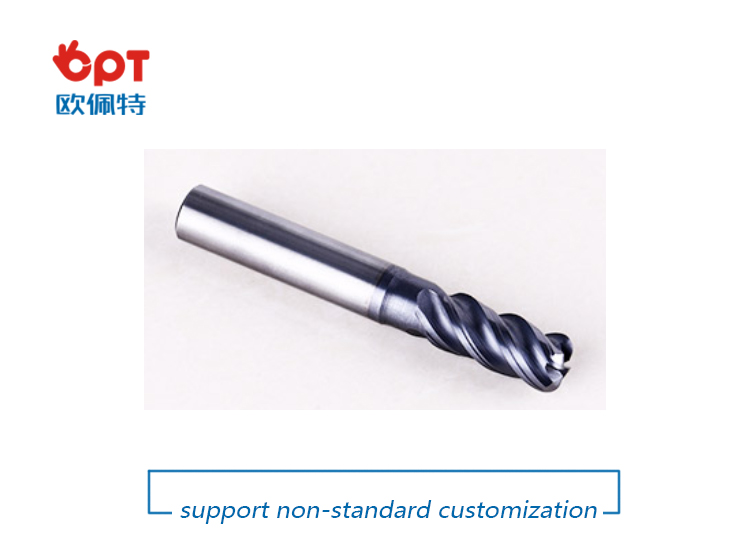
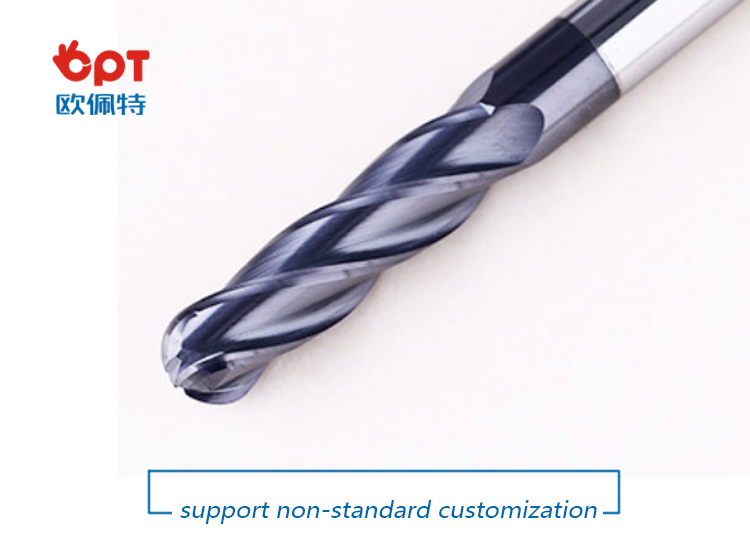
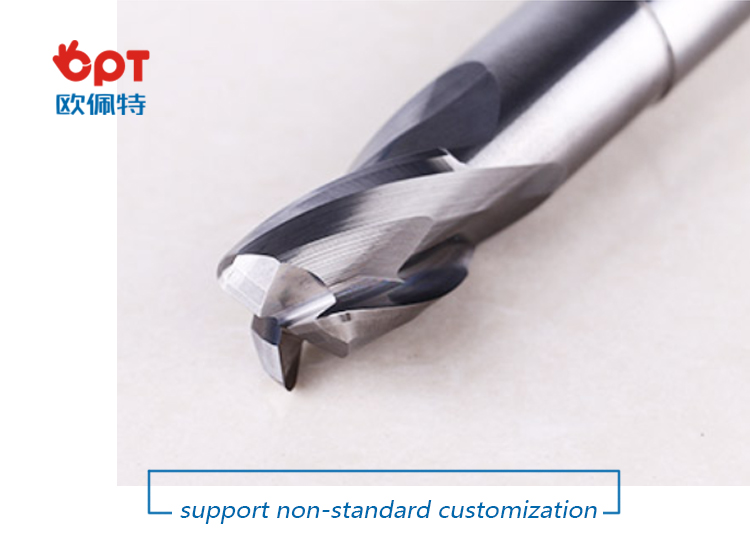
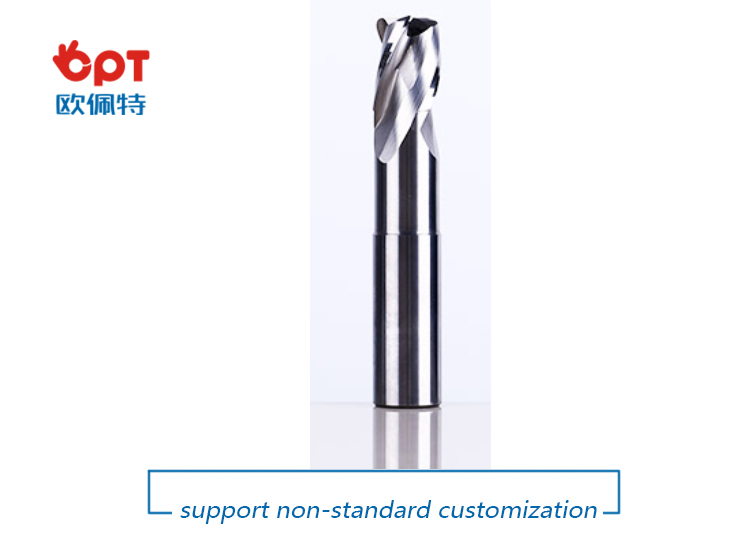
PRODUCTING PROGRESS:

PAYMENT AND DELIVERY:

PRODUCT EQUIPMENT :
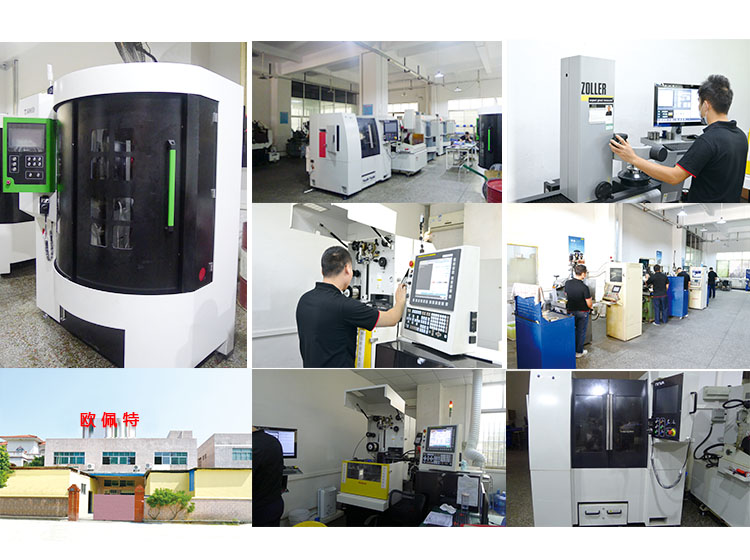
ABOUT US :
We are specialize in manufacturing PCD diamond tools and Carbide tools. Our major product inclulde PCD Inserts , PCD Reamers , PCD End Mills, PCD Taps, Cabide Inserts,Carbide Drills, Carbide Reams, Taps etc.,
We also offered customized cutting tools per drawings, and provide package according to customer requirements. We manufacture a series range of cutting tools for machining of Cast iron, Aluminium alloy and Non-Ferros metal, it is widely used in all major sectors like Automobiles, Engineering, Aerospace, Aviation and 3C industry. Premium quality of raw material is used in the production and strict examination during processing with advanced equipment, so our client are satisfied with our reliable quality and on-time delivery.
Our best selling of cutting tools include PCD Inserts, PCD End Mill, PCD Ball Nose Mill, PCD Reamer, Carbide Taps , Carbide End Mill, Special Form Cutter and many more. For these years we have been made a large forward in the technologies of manufacturing cutting tools. With high quality on performance and price, our product sells well both on domestic and overseas market. And we will always focus on the quality and best service, to make long business relationship.

quanlity control:
We have dedicated team of quality control and precise equipment to keep good and stable performance for our products and processing services.

Solid Carbide End Mills,End Mill Bits,Carbide End Mill Bits,Solid Carbide Ball End Mill
OPT Cutting Tools Co., Ltd. , https://www.optdiamondtoolss.com